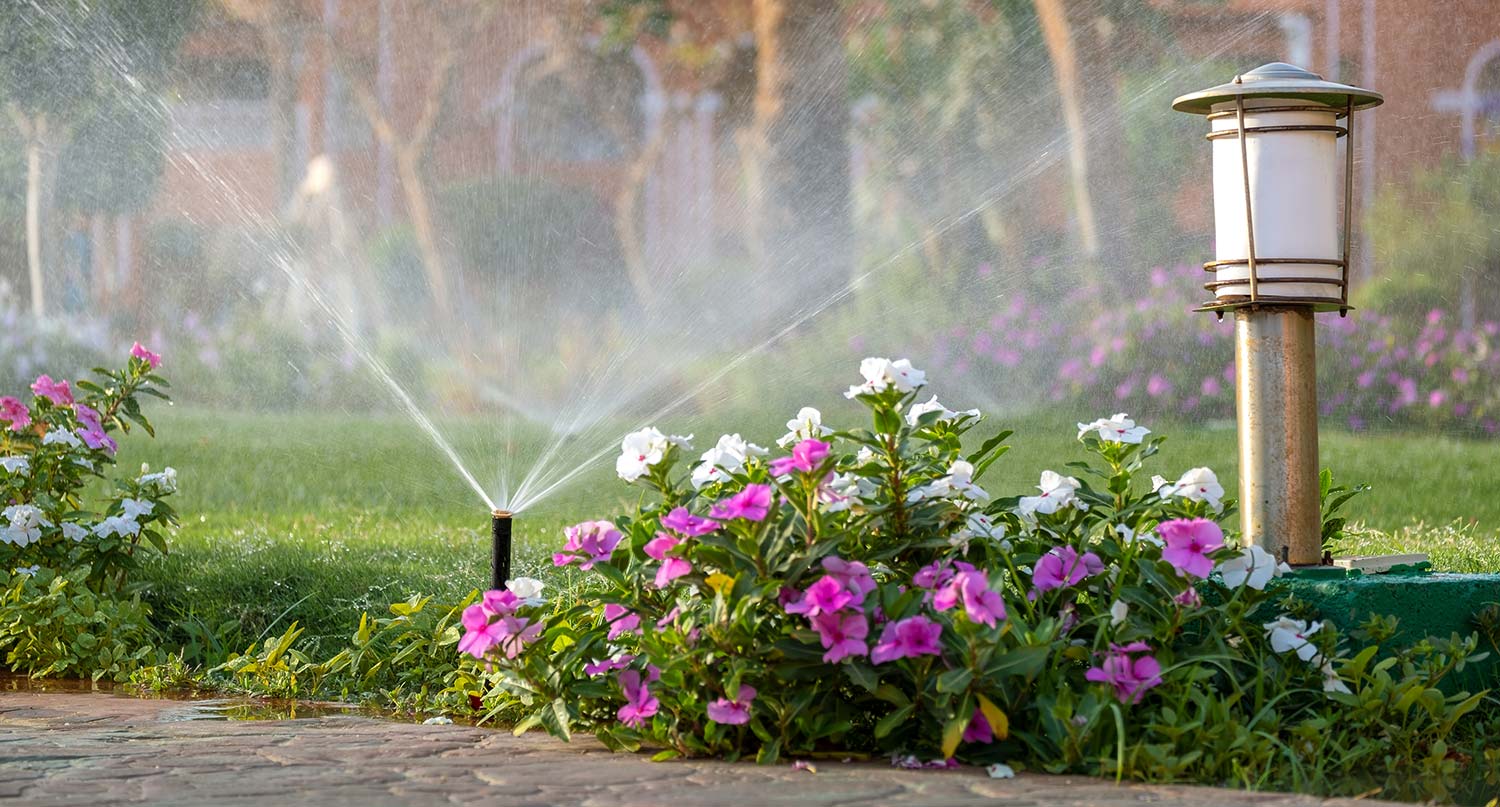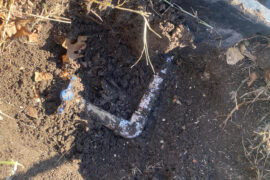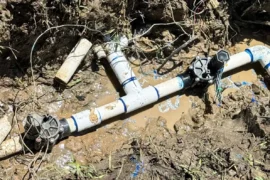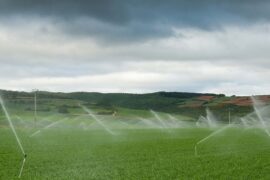When it comes to irrigation, understanding the roles and differences between sprinkler heads and nozzles is crucial for ensuring your lawn and garden receive the right amount of water, exactly where it’s needed. Both components are vital, yet they serve distinct purposes in the irrigation system. Let’s explore these differences to help you make informed decisions for your landscaping needs.
Understanding the Basics
At first glance, the terms “sprinkler head” and “sprinkler nozzle” might appear interchangeable. However, a closer examination reveals their specific contributions to irrigation systems. A sprinkler head refers to the entire unit that connects to the water supply and is responsible for distributing water over a designated area. It encompasses various parts, including the body, internal mechanisms, and often a nozzle. The sprinkler head is the physical component that emerges from the ground or is mounted to provide irrigation.
Conversely, a sprinkler nozzle is a component of the sprinkler head. It is the final exit point for water being distributed over the landscape. The nozzle determines the pattern, distance, and efficiency of water distribution. Its design is critical in ensuring that water is applied uniformly, avoiding both under-watering and over-watering. By selecting the appropriate nozzle, users can tailor the irrigation system to meet the specific needs of their landscape, whether it requires a gentle mist for delicate plants or a more robust spray for larger areas.
Understanding Sprinkler Heads
Sprinkler heads are integral components of an irrigation system, serving as the primary delivery mechanism for watering your garden or lawn. They connect directly to the water line and are crucial in determining how water is distributed across different areas. These heads come in a variety of types to cater to the diverse needs of landscapes, ranging from small residential gardens to large commercial lawns. Let’s delve deeper into the types and functionalities of sprinkler heads.
01. Spray Heads
Spray heads are the go-to choice for smaller, more defined areas. They emit a fixed spray pattern that resembles a mist, providing even coverage within a specified radius. Typically, spray heads are used in residential settings for lawns, flower beds, and other small sections of landscaping. They operate at lower pressures and have a set radius of spray, usually between 5 and 15 feet, making them efficient for targeted irrigation without excessive water wastage.
02. Rotary and Rotor Heads
For larger expanses of green, rotary and rotor heads are preferred due to their ability to cover more ground. These heads rotate, distributing water over a broad area with a single or multiple streams. Rotary sprinkler heads are particularly valued for their efficiency in large-scale irrigation projects, such as public parks, sports fields, and extensive commercial landscapes. They have a wider radius of coverage, typically ranging from 15 to over 50 feet, depending on the model. This wide reach allows for fewer heads to be used overall, which can lead to a more economical and easier-to-maintain irrigation system.
03. Pop-Up Heads
A notable feature of many modern sprinkler heads is their ability to pop up from the ground when in operation and retract afterward. This design minimizes the risk of damage from lawn mowers, foot traffic, and other outdoor activities, ensuring the longevity of the irrigation system. Pop-up heads can be either spray or rotary types, offering versatility to meet various watering needs. They are installed flush with the ground, and upon activation, they rise to spray water over the landscape. Once the irrigation cycle is complete, they retract back into the ground, becoming virtually invisible.
- Function: Distributes water to lawn or garden.
- Types: Spray, rotary, rotor, and more.
- Installation Area: Attached to the water line, can be fixed or pop-up.
- Adjustability: Some types allow for angle and distance adjustment.
- Best Used For: Varied based on type: small areas (spray heads) to large areas (rotor heads).
Sprinkler Nozzles
Sprinkler nozzles, on the other hand, are fitted onto the heads and determine the pattern, angle, and distance of the water being sprayed. Nozzles can be changed to customize watering patterns according to the specific needs of each part of your lawn or garden. They play a critical role in ensuring efficient water use and preventing over or under-watering.
The choice of nozzle affects the irrigation system’s ability to deliver water evenly and efficiently. It’s important to select nozzles that match the irrigation needs of your area, considering factors like the shape and size of the space, as well as the types of plants being watered.
- Function: Controls the pattern, range, and droplet size of water emitted.
- Types: Fixed pattern, adjustable, rotators, and more.
- Installation Area: Attached to the sprinkler head.
- Adjustability: High adjustability in terms of spray pattern and distance.
- Best Used For: Customizing water distribution according to specific lawn or garden area requirements.
Conclusion
Choosing the right sprinkler heads and nozzles is key to achieving a healthy, green lawn or garden. While the head provides the mechanism for water delivery, the nozzle fine-tunes this delivery to suit the specific needs of the area being watered. Understanding their differences and functions helps in selecting the most suitable types for your irrigation system, ensuring water is used efficiently and your green spaces thrive.





